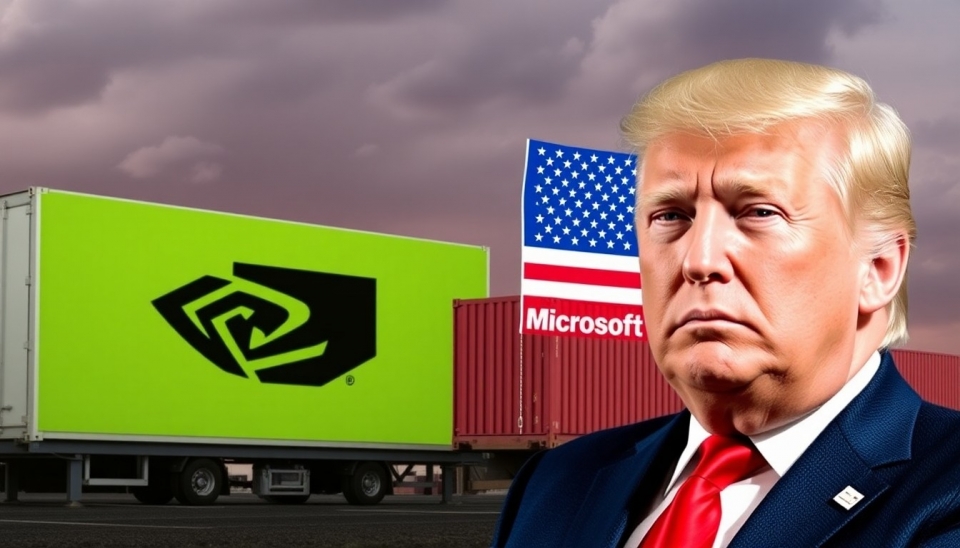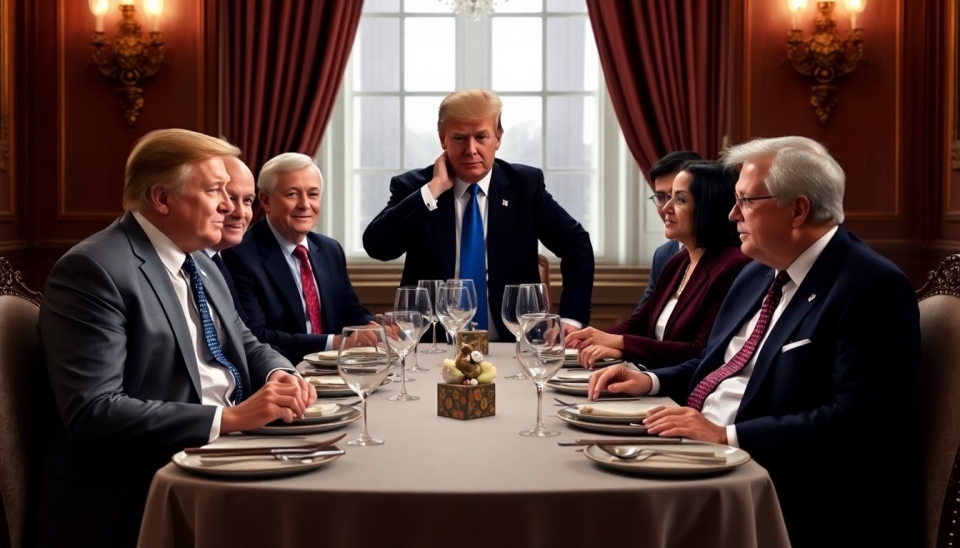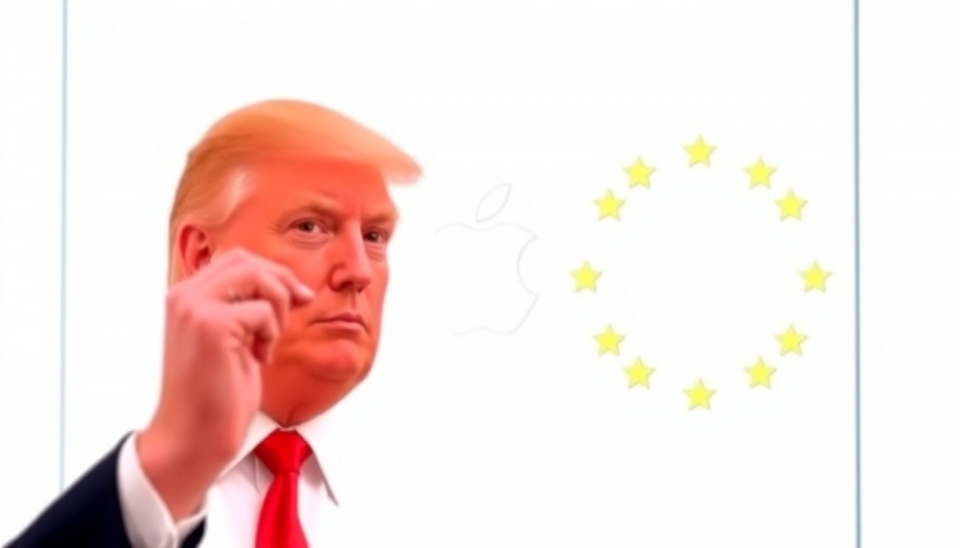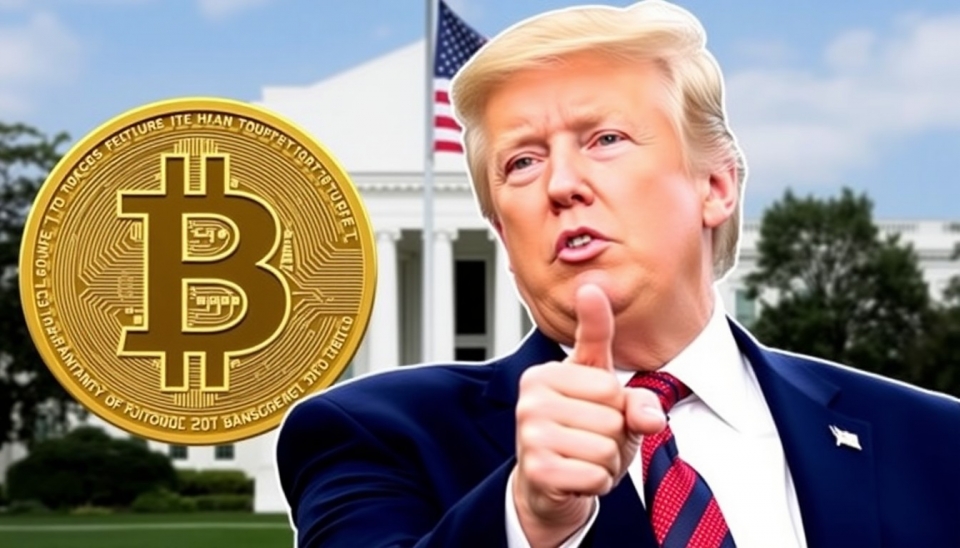
Former President Donald Trump's tariffs may be regaining attention, particularly as they have the potential to significantly impact major technology companies like Nvidia and Microsoft. As discussions around trade policies revive, analysts are meticulously assessing the repercussions these tariffs could have on the financial health and market strategies of these influential players in the tech industry.
The forefront of this analysis centers on how tariffs could reshape manufacturing costs, supply chains, and ultimately pricing strategies for tech products. By implementing tariffs on imported components, companies like Nvidia—which heavily relies on overseas manufacturing for its advanced semiconductor components—could see substantial increases in production costs. This scenario forces tech giants to choose between absorbing these costs or passing them onto consumers, thus impacting their overall competitiveness.
In the case of Microsoft, the ramifications could be equally pronounced. As a leading software and hardware manufacturer, Microsoft also depends on various parts sourced globally. Adding tariffs to the mix could complicate its pricing structure, making it more difficult to maintain its market share against competitors that may not face similar import taxes.
Analysts highlight that if tariffs are reinstated, the technology sector could face a ripple effect—whereby escalated costs could lead to reduced consumer spending on tech products. For Nvidia, whose products are integral to the gaming and data center markets, this could mean a slowdown in revenue growth as gamers and corporations alike may think twice before making large purchases in a more financially constrained environment.
Moreover, the potential geopolitical implications cannot be overlooked. As tech companies increasingly navigate a landscape filled with regulatory scrutiny and trade tensions, the increased risk associated with tariffs could drive some companies to reconsider their global strategies. It may prompt shifts in production to countries with more favorable trade agreements, or inspire innovations to find ways to circumvent the extra costs imposed by tariffs.
With tech giants continuously innovating, the role of international trade and tariffs will remain a critical consideration in their overall strategy. The current landscape—marked by evolving trade policies and a competitive global market—renders a cautious yet proactive approach to manufacturing and pricing essential for sustaining growth and shareholder value.
In conclusion, as Trump’s tariff policies potentially loom once again, both Nvidia and Microsoft will need to secure their foothold in the market through adaptive strategies. This situation remains fluid, and stakeholders across the tech sector will be keenly monitoring any developments to anticipate their future directions.
#Trump #Tariffs #Nvidia #Microsoft #TechNews #GlobalTrade #Semiconductors #PricingStrategy #MarketImpact #TradePolicy
Author: Liam Carter




